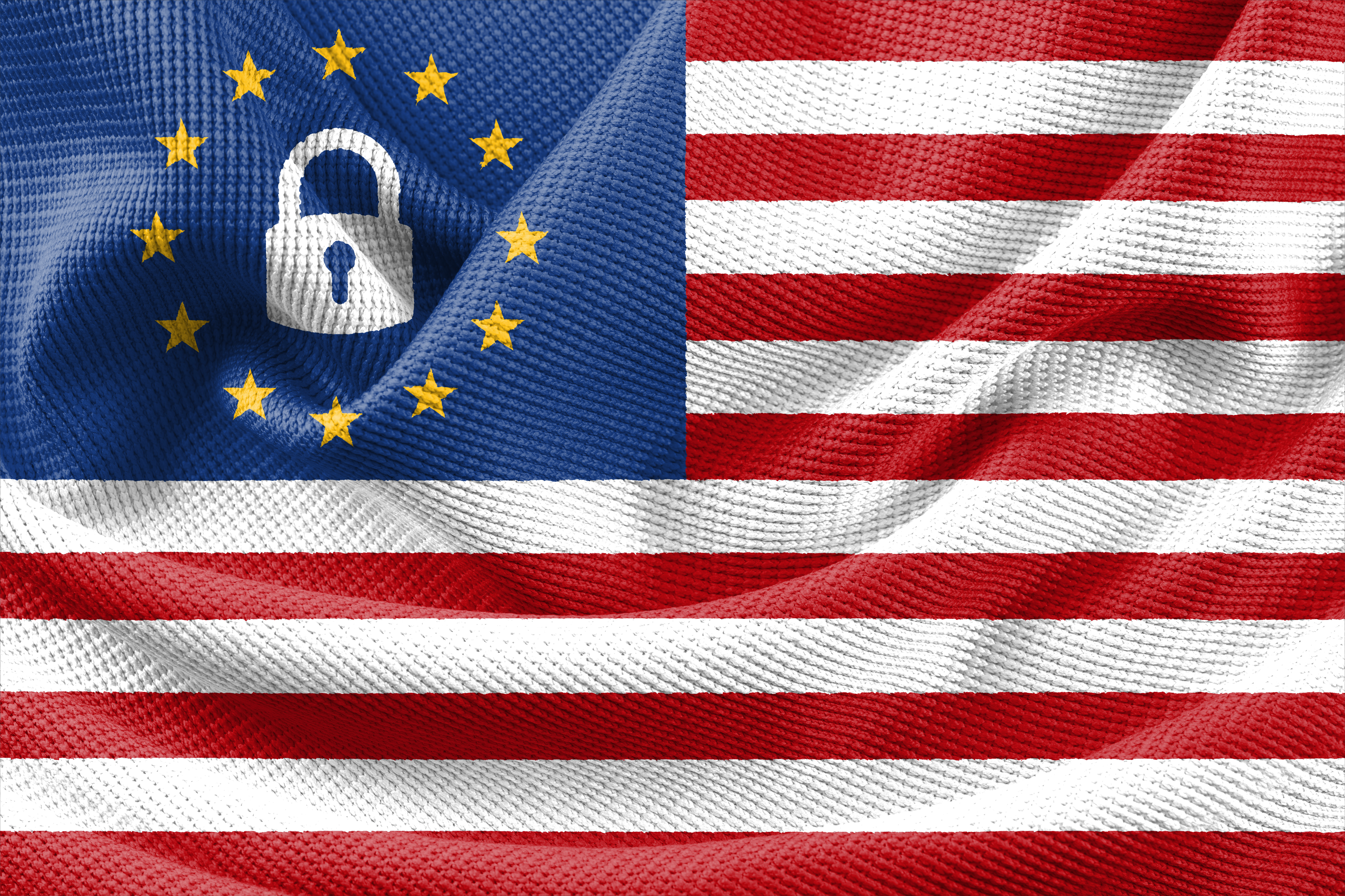On June 6, 2025, U.S. District Court Judge Claudia Wilken issued a long-awaited final approval of a $2.8 billion settlement in the blockbuster House v. NCAA[1] antitrust case that paves the way for direct sharing of revenue between NCAA colleges and universities and thousands of student-athletes. Judge Wilken’s ruling goes into effect on July 1.
The landmark decision ends almost five years of litigation in the Northern District of California surrounding compensation for Division I athletes who filed a class-action lawsuit against the NCAA, alleging that the sports giant improperly profited off of the name, image, and likeness of its athletes while restricting their ability to independently operate or contract with third parties outside of the NCAA, a violation of antitrust laws.
Industry stakeholders are optimistic about the future of the NCAA in light of the ruling. “The decision on Friday is a significant step forward toward building long-term stability for college sports while protecting the system from bad actors seeking to exploit confusion and uncertainty,” said SEC Commissioner Greg Sankey.
Here are a few key takeaways from the settlement:
How much are athletes allowed to be paid?
The House settlement permits the NCAA to allow schools to share up to $20.5 million in revenue with student-athletes beginning in the 2025-26 school year.
Will the NCAA provide guidance to colleges and universities about how much money should be distributed to specific sports?
No. Each campus is permitted to allocate settlement funding to student-athletes at their discretion. The NCAA will not provide oversight as to the manner of distribution.
What is the role of Bryan Seeley and the College Sports Commission?
Within hours of Judge Wilken’s decision, the College Sports Commission (“CSC”) named Bryan Seeley as its first CEO. The CSC is the new enforcement arm of the NCAA. Seely is tasked with expanding the CSC’s policies and procedures surrounding investigations and enforcement actions against NCAA institutions that violate the House rules, including the implementation of new regulations surrounding third-party NIL deals. Seely was selected through a unanimous vote by Commissioners from the Big Ten, Big 12, SEC, Pac-12, and ACC. Seely joins the CSC from Major League Baseball, where he served as Executive Vice President. He was also an assistant U.S. Attorney in Washington D.C. for eight years.
Do third-party NIL deals count against an institution’s annual salary cap?
No. Financial agreements reached between athletes and third parties will not count toward an athletic department’s annual cap, though any deal greater than $600 is now subject to approval by NIL Go, an online clearinghouse within the College Sports Commission. All outside NIL deals must be vetted by NIL Go as representing a legitimate business purpose. This policy is designed to prevent recruitment incentives disguised as NIL deals.
Besides compensating student-athletes, what else does the settlement require?
One of the most immediate impacts of the settlement is the imposition of roster limits, also referred to as “roster caps”. In the past, schools had a limited number of full scholarships available to recruits and often promoted partial scholarships and walk-on scholarships for less popular positions. With the settlement in place, schools will have a hard limit on the number of athletic scholarships available across sports. This will likely eliminate partial scholarships and financial support for walk-on athletes. The overall number of roster spots will shrink. According to Michael Bewley of Critical Reload, “this means fewer opportunities for athletes to participate in college sports, particularly impacting non-scholarship players and those in less popular sports like rowing or swimming.”
How long are these rules going to be in place?
The settlement agreement is valid for 10 years. However, it is clear that this is a process that will not be easily rolled back. Instead, the House settlement will likely be a catalyst to develop a new set of rules and regulations affecting the future of college athletics.
What about smaller colleges and universities?
Programs with larger athletics budgets can offer better NIL opportunities and, in turn, attract top talent. Fans will see a noticeable difference in tournaments and historic rivalries as the financial disparities inherently affect competition. Mid-major and smaller programs will have to adjust their expectations as the financial gap becomes more difficult to overcome.
Now that the House settlement is final, what’s next?
More litigation is likely. The distribution of settlement funds is poised to yield Title IX lawsuits and the newly imposed salary caps will be a hot topic amongst athletes, agents, and programs. Some suspect that there will be a push to codify the House changes into state laws. Many leaders in college athletics have already made trips to Washington D.C. to advocate for such regulations. With President Trump’s rumored appointments of beloved Alabama football coach, Nick Saban and Texas businessman Cody Campbell to his commission on college sports, it appears the White House is prepared to provide a platform for these issues to play out on the congressional floor.
As the impact of the House settlement continues to evolve, Benesch is here to assist your school in navigating both the new regulations and the enforcement structure. For assistance, please reach out to Benesch’s White-Collar, Investigations, and Antitrust Group for consultation. We look forward to meeting the needs of schools seeking to navigate the world of antitrust, compliance, and student-athlete relationships in this ever-changing landscape.
[1] The case is Grant House, et al. v. National College Athletic Association, et al., case number 5:20-cv-3919, in the U.S. District Court for the Northern District of California.
Marisa T. Darden at mdarden@beneschlaw.com or 216.363.4440.
Matthew David Ridings at mridings@beneschlaw.com or 216.363.4512.
Robert J. Kolansky at rkolansky@beneschlaw.com or 216.363.4575.
Bianca Smith at bsmith@beneschlaw.com or 216.363.4503.
